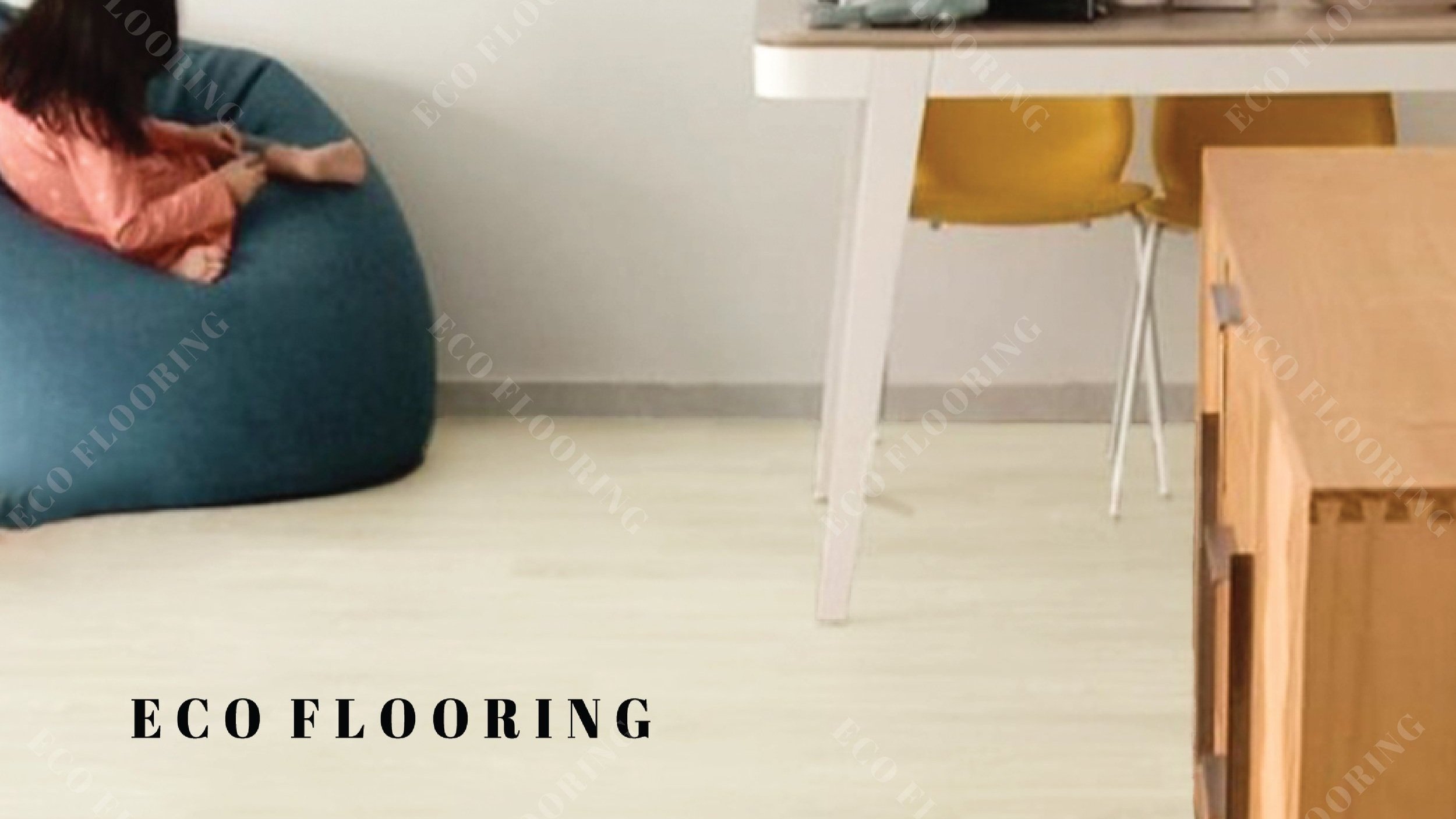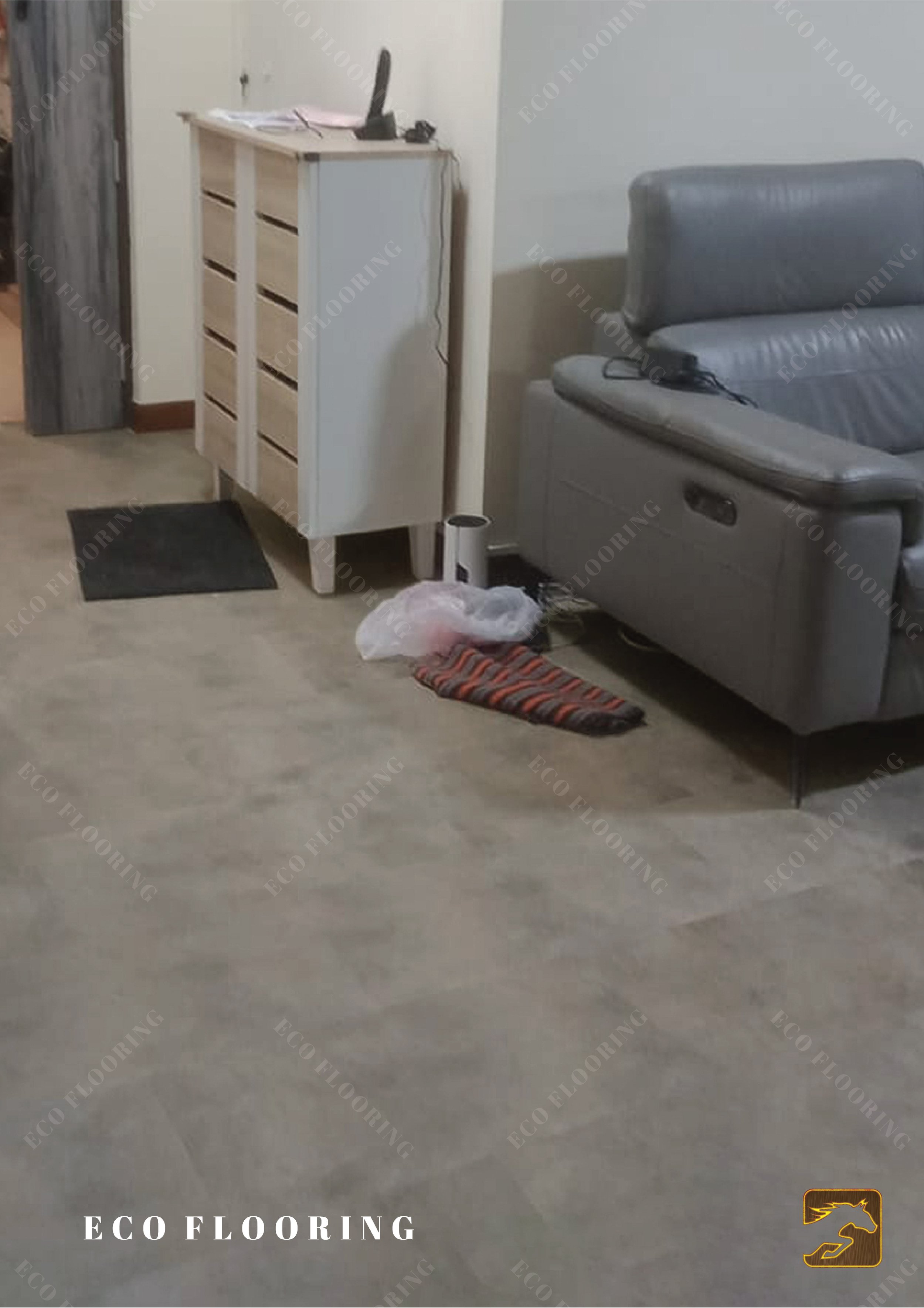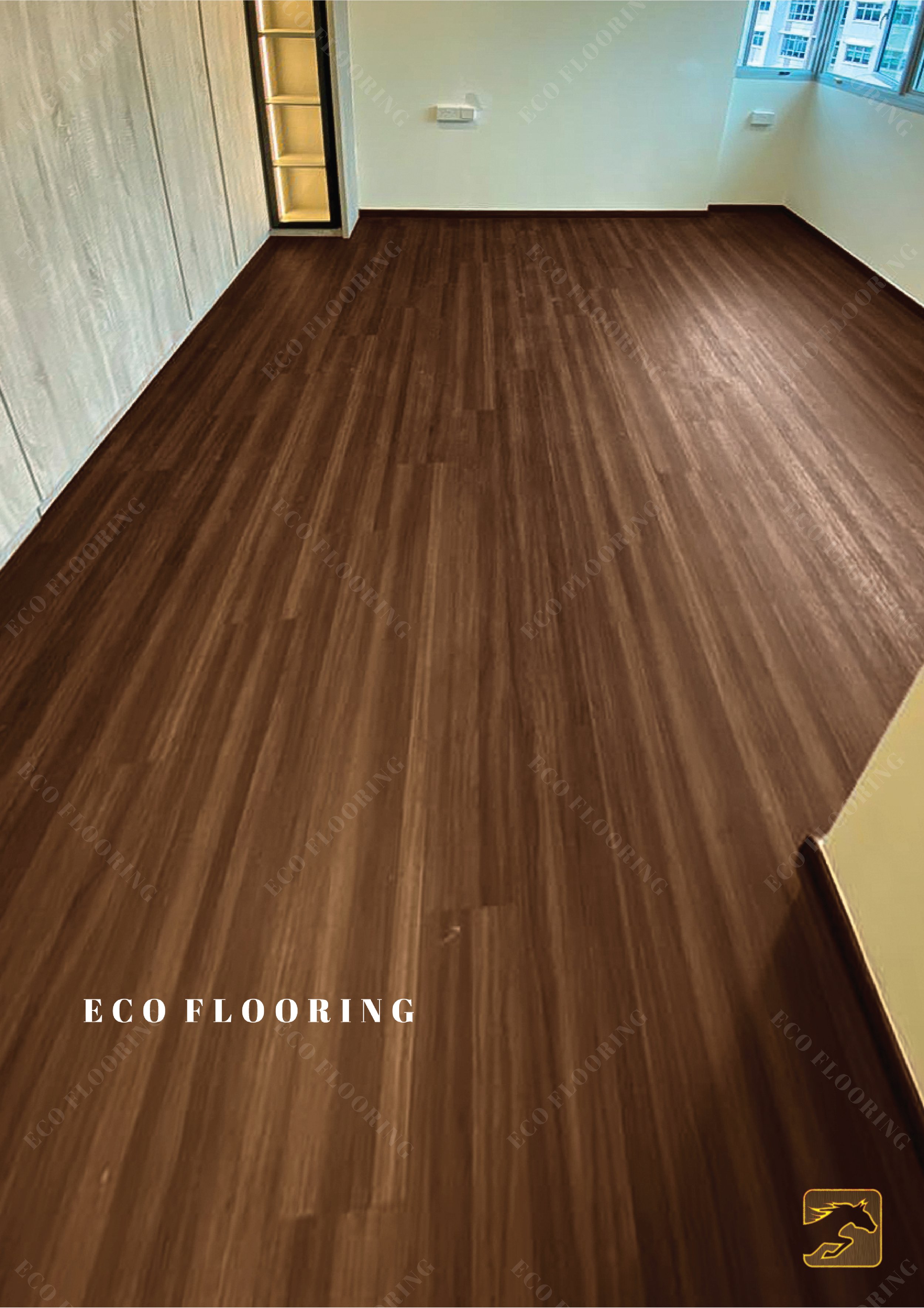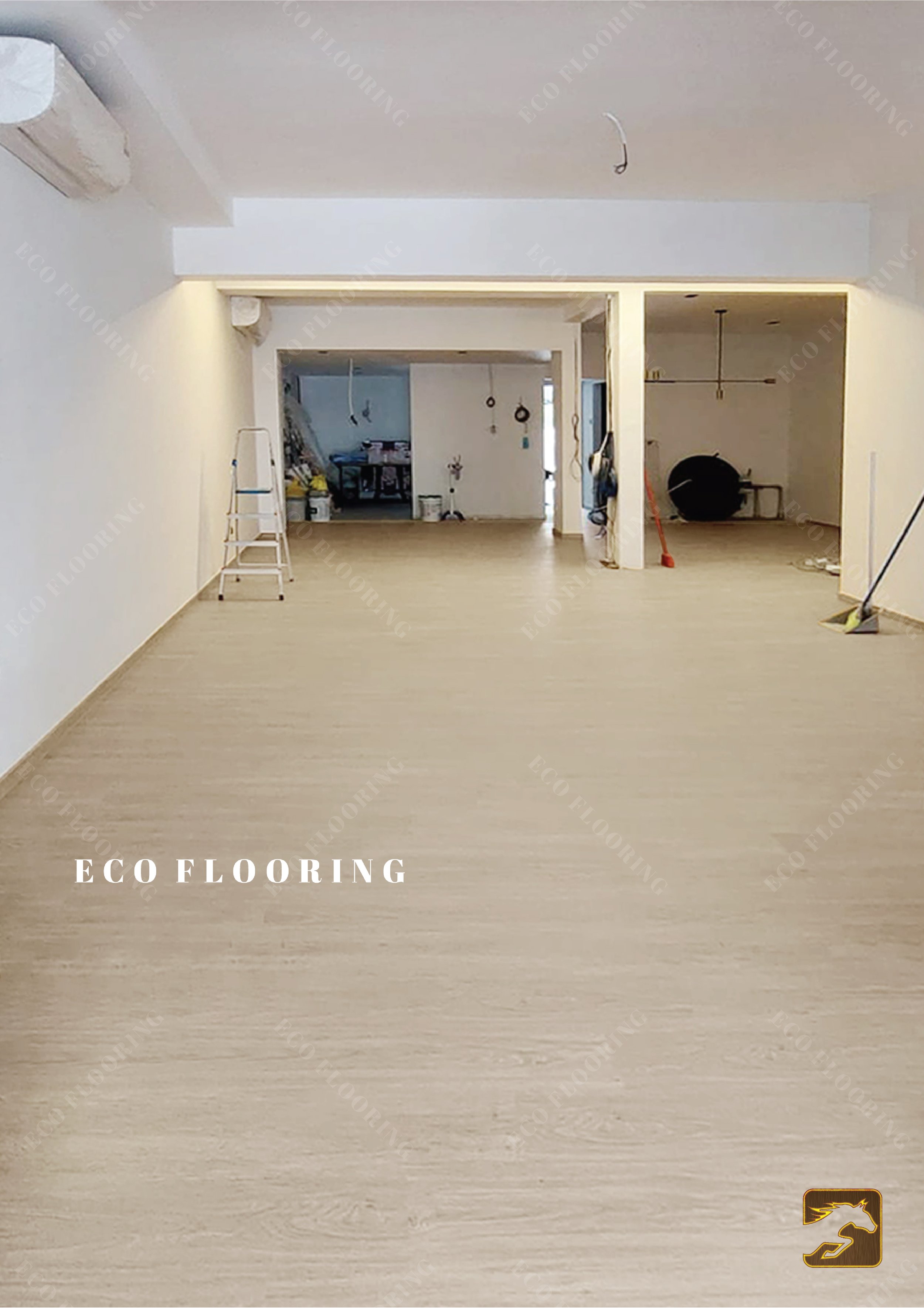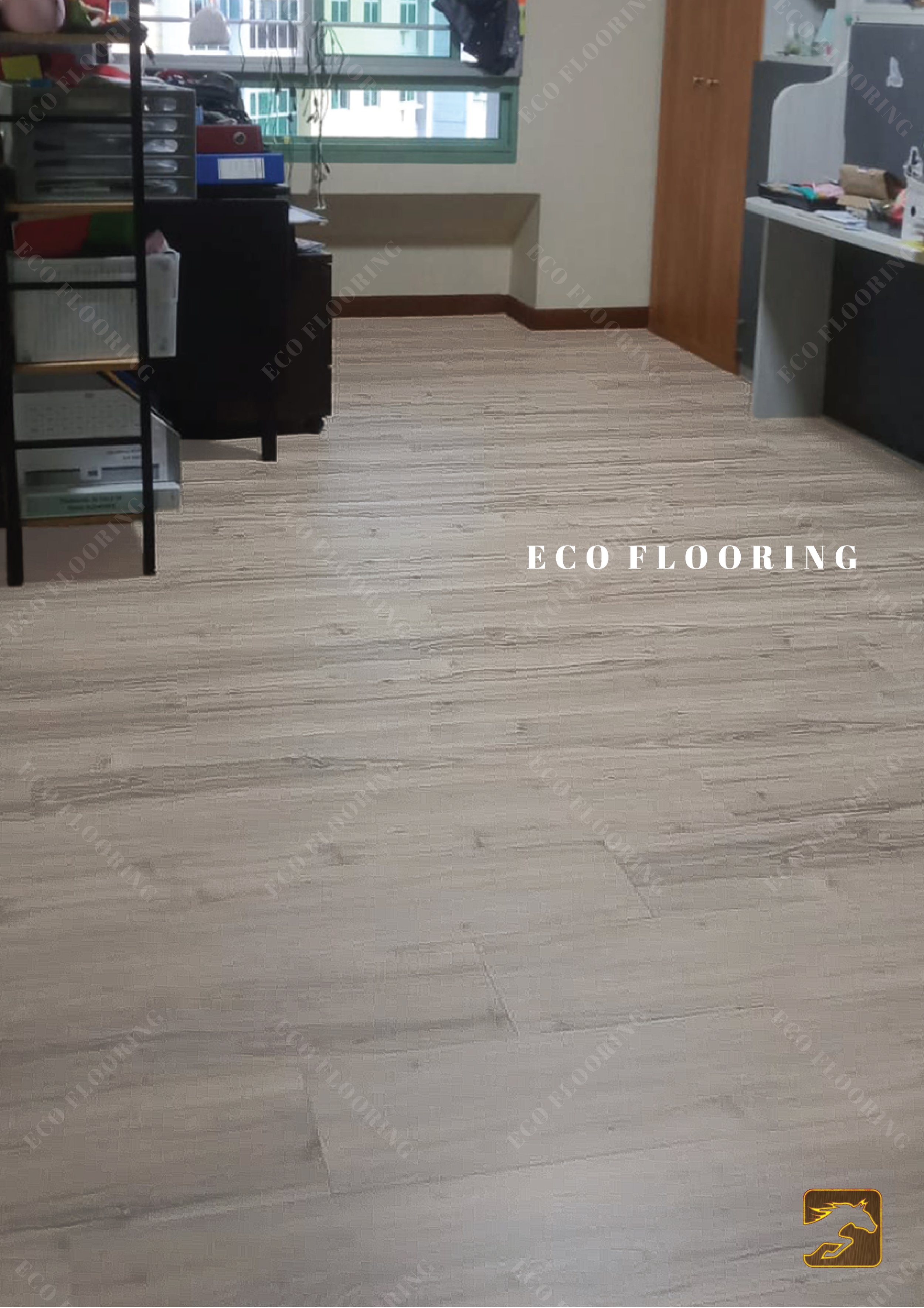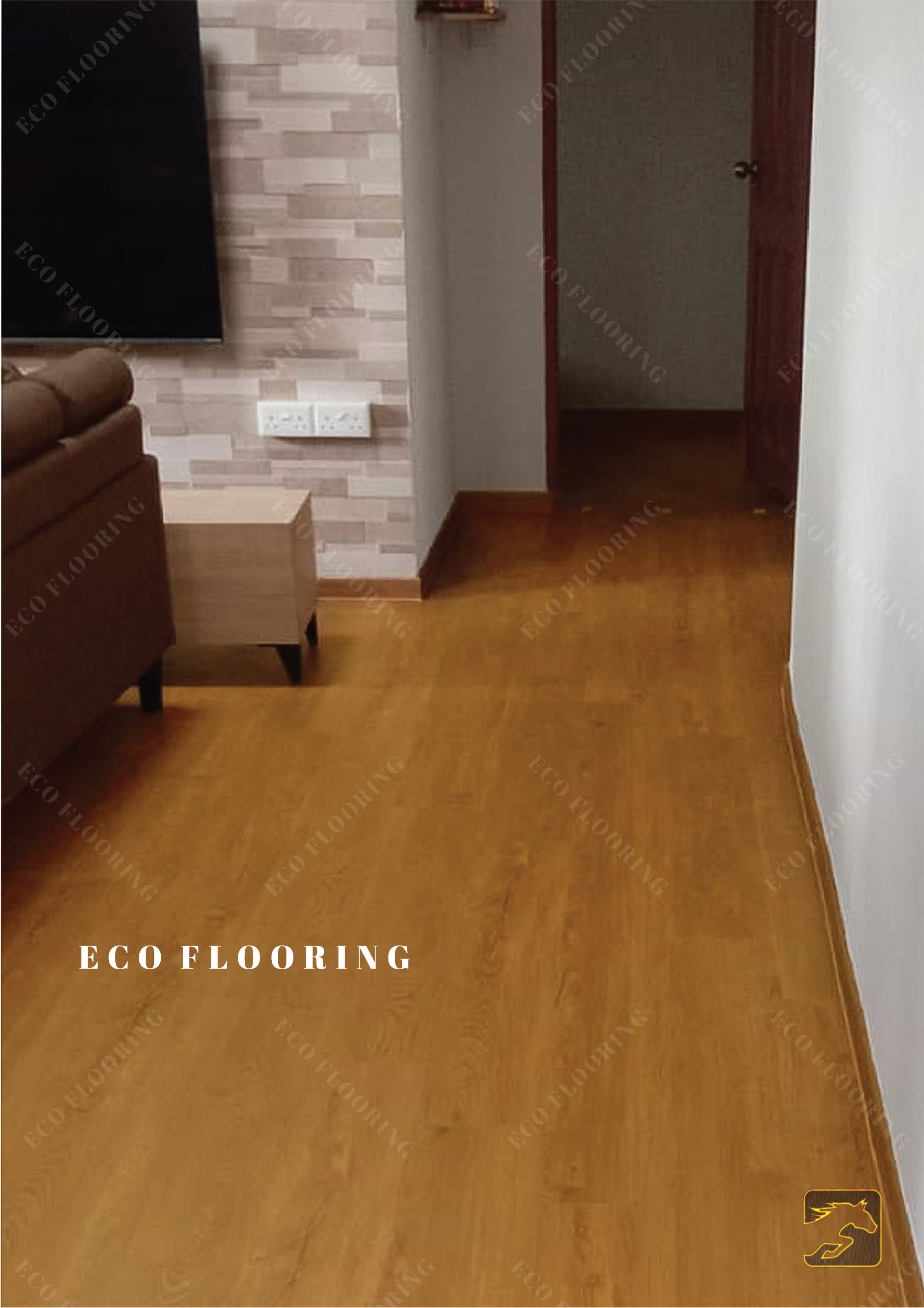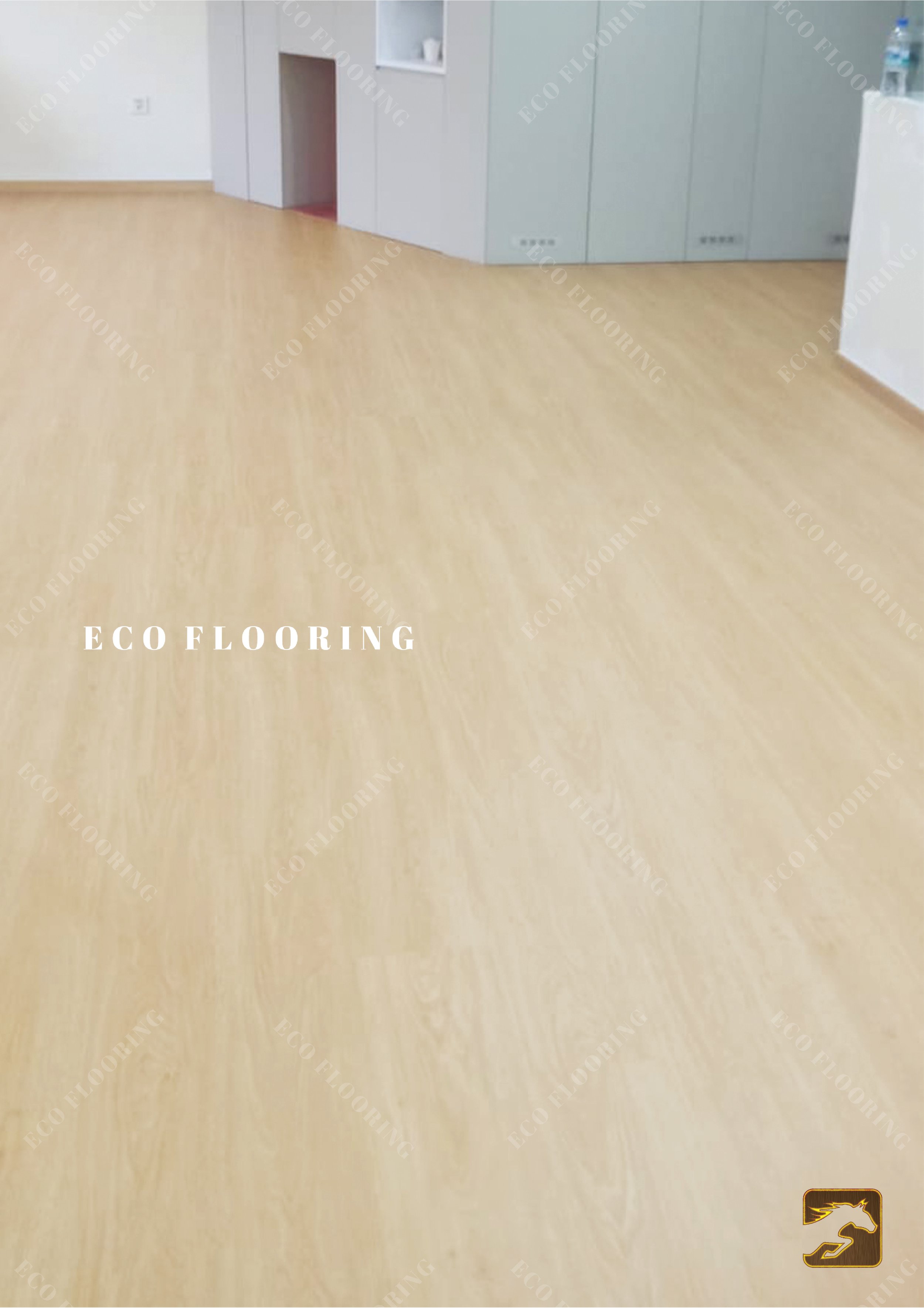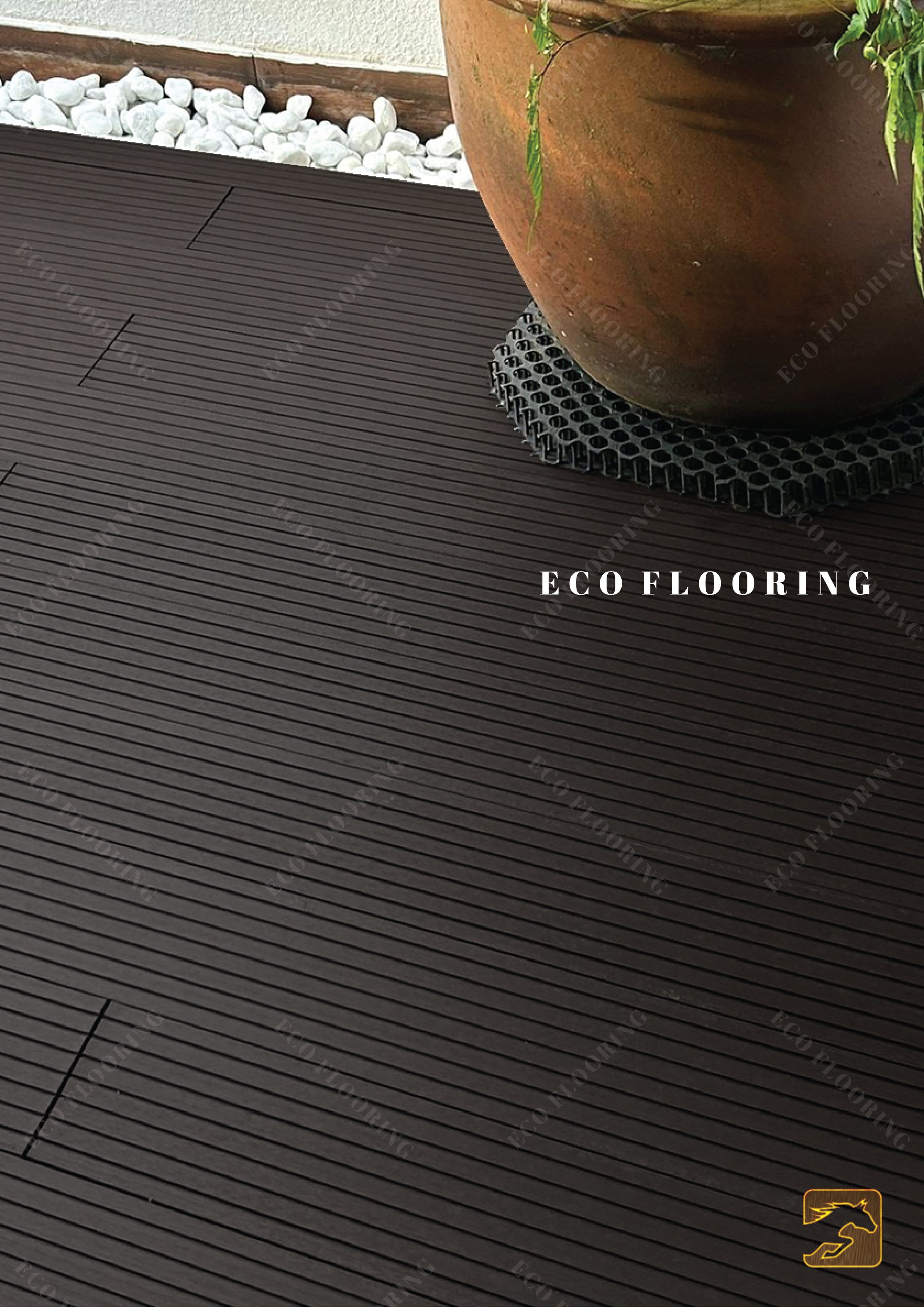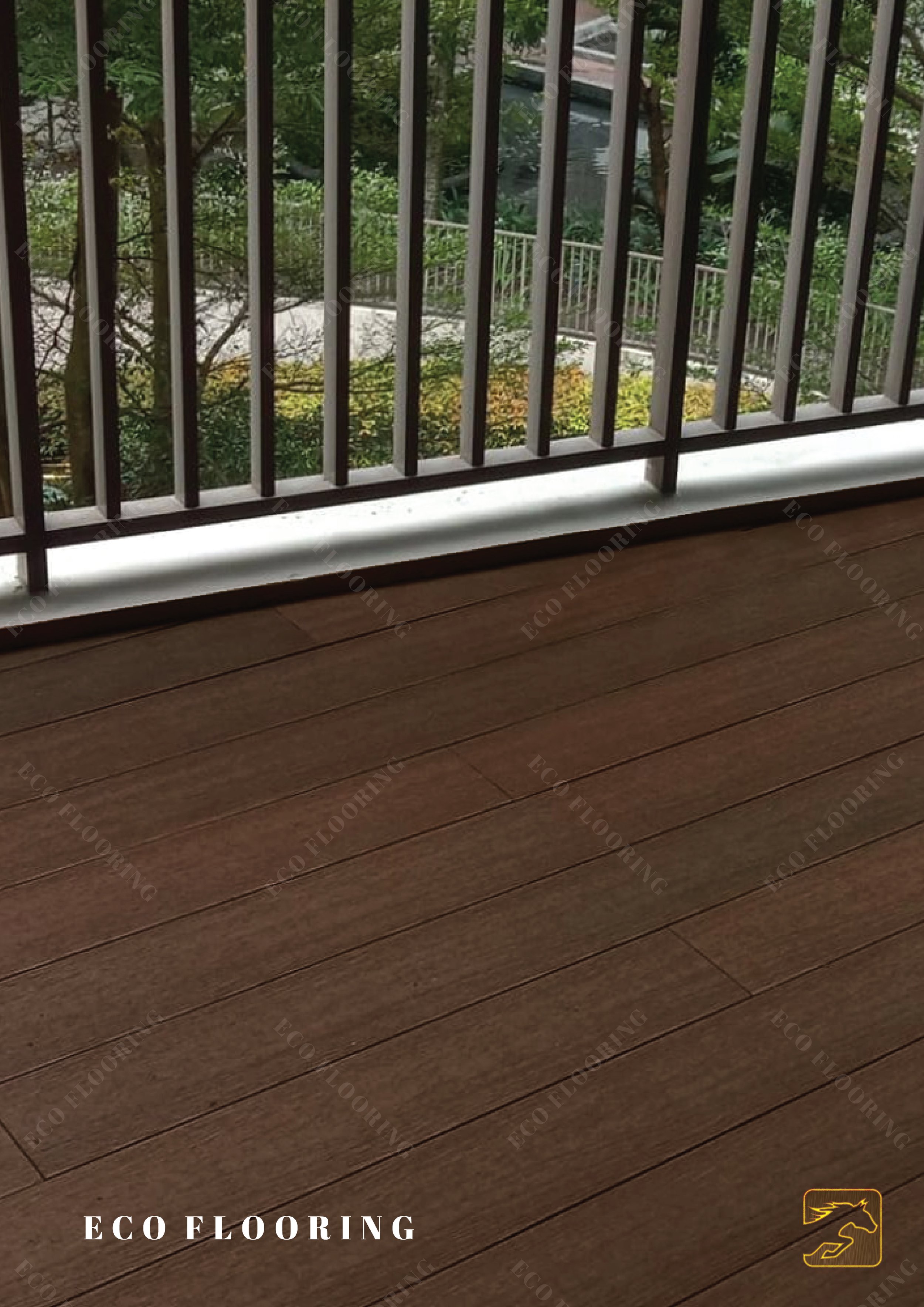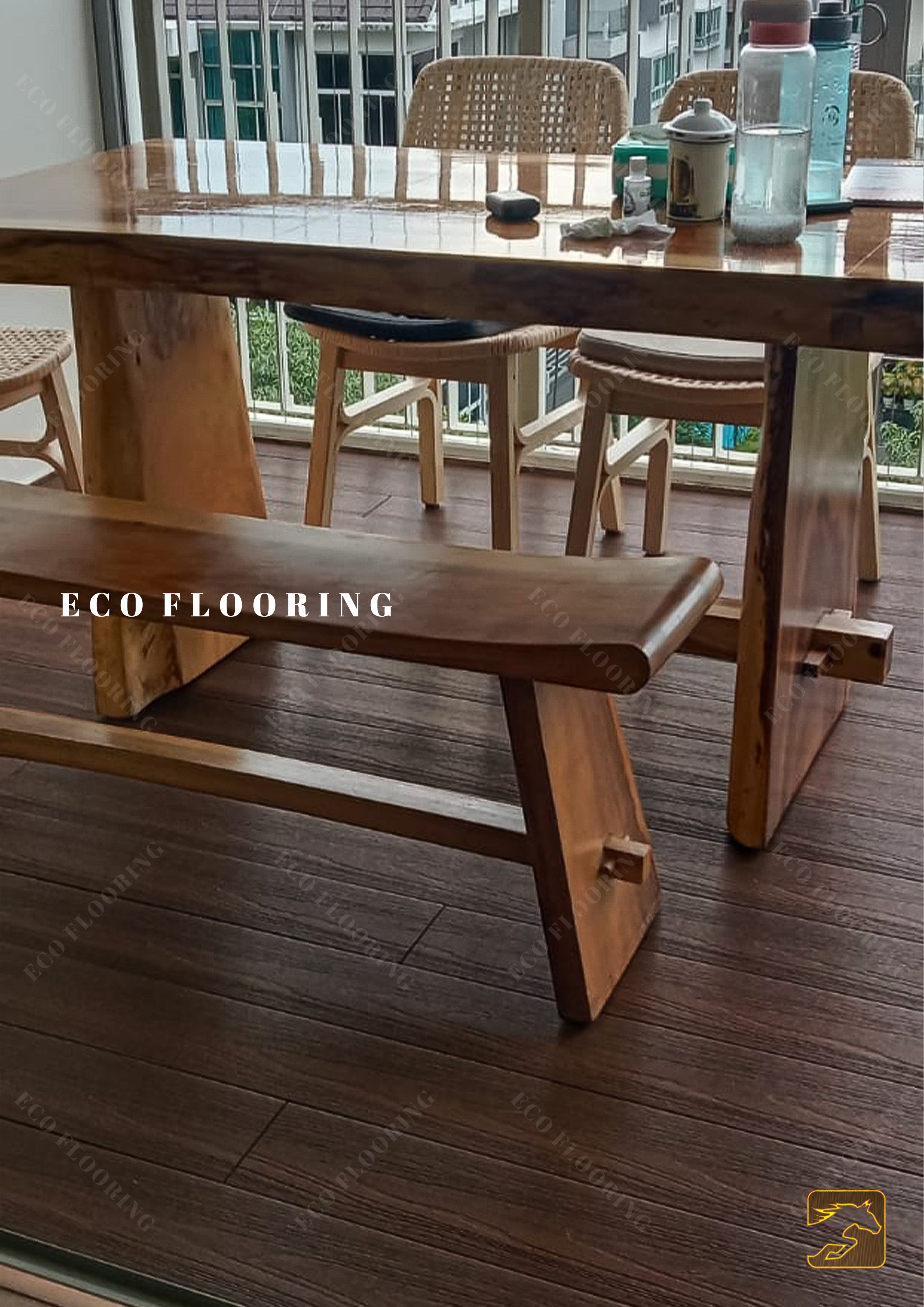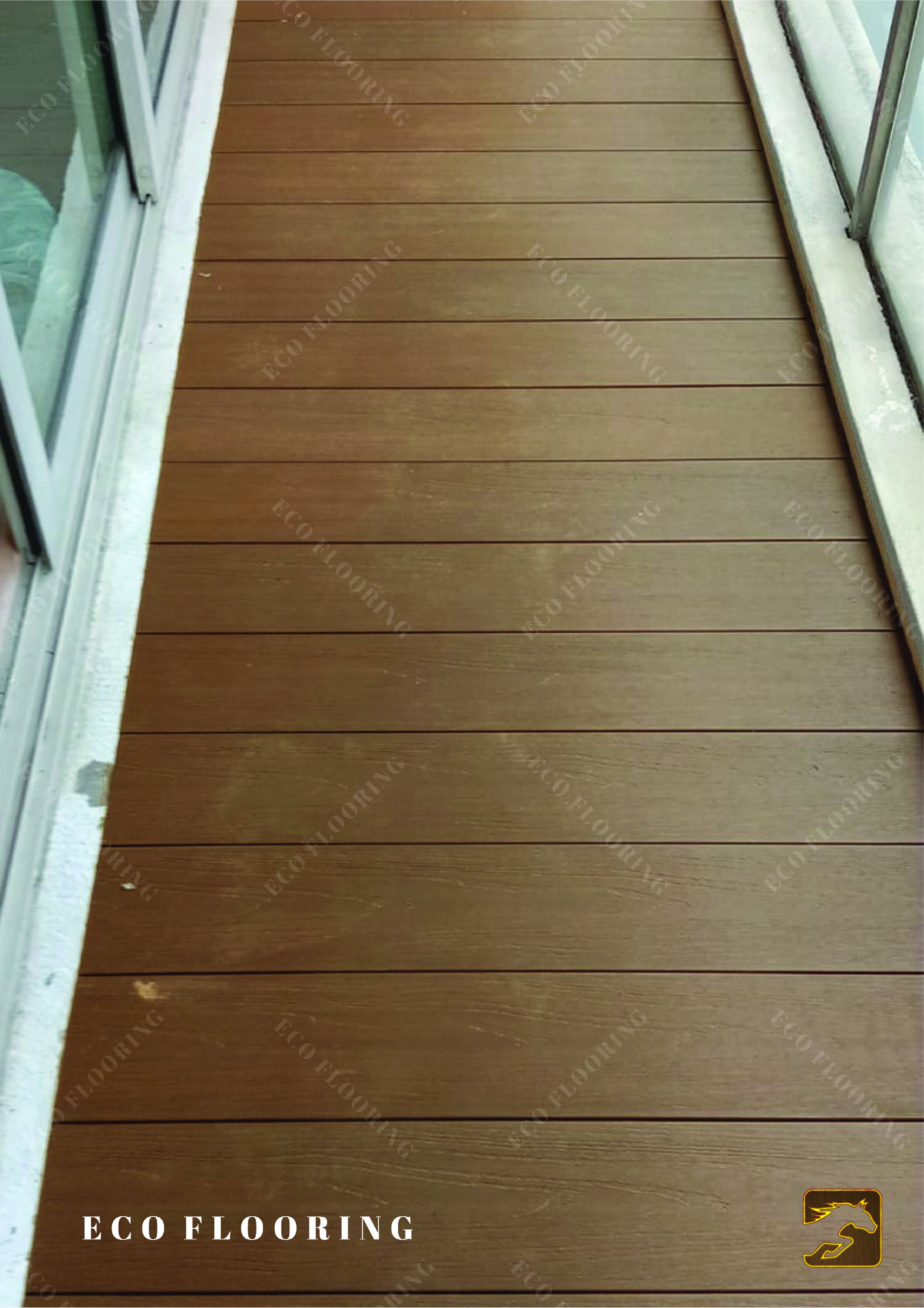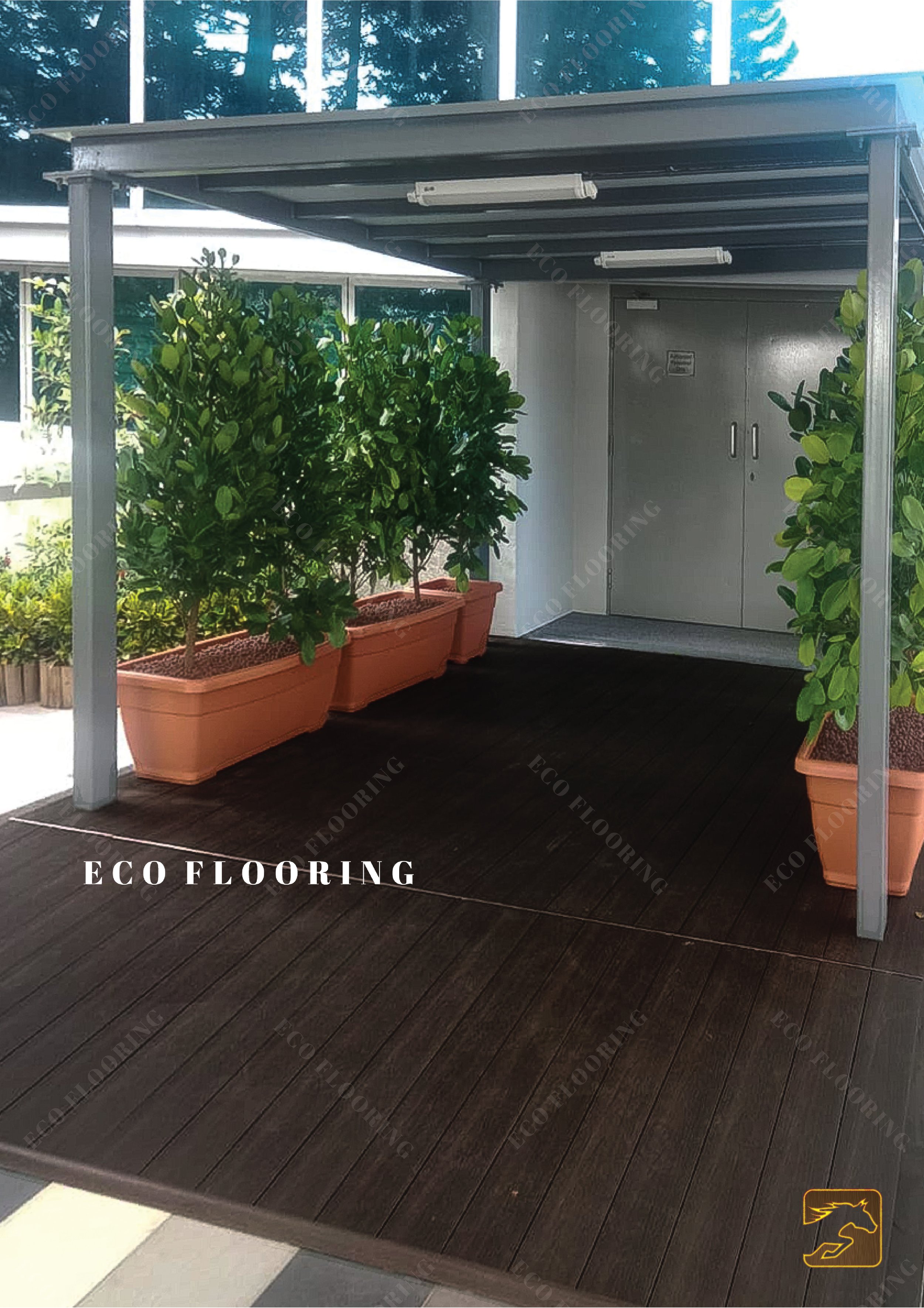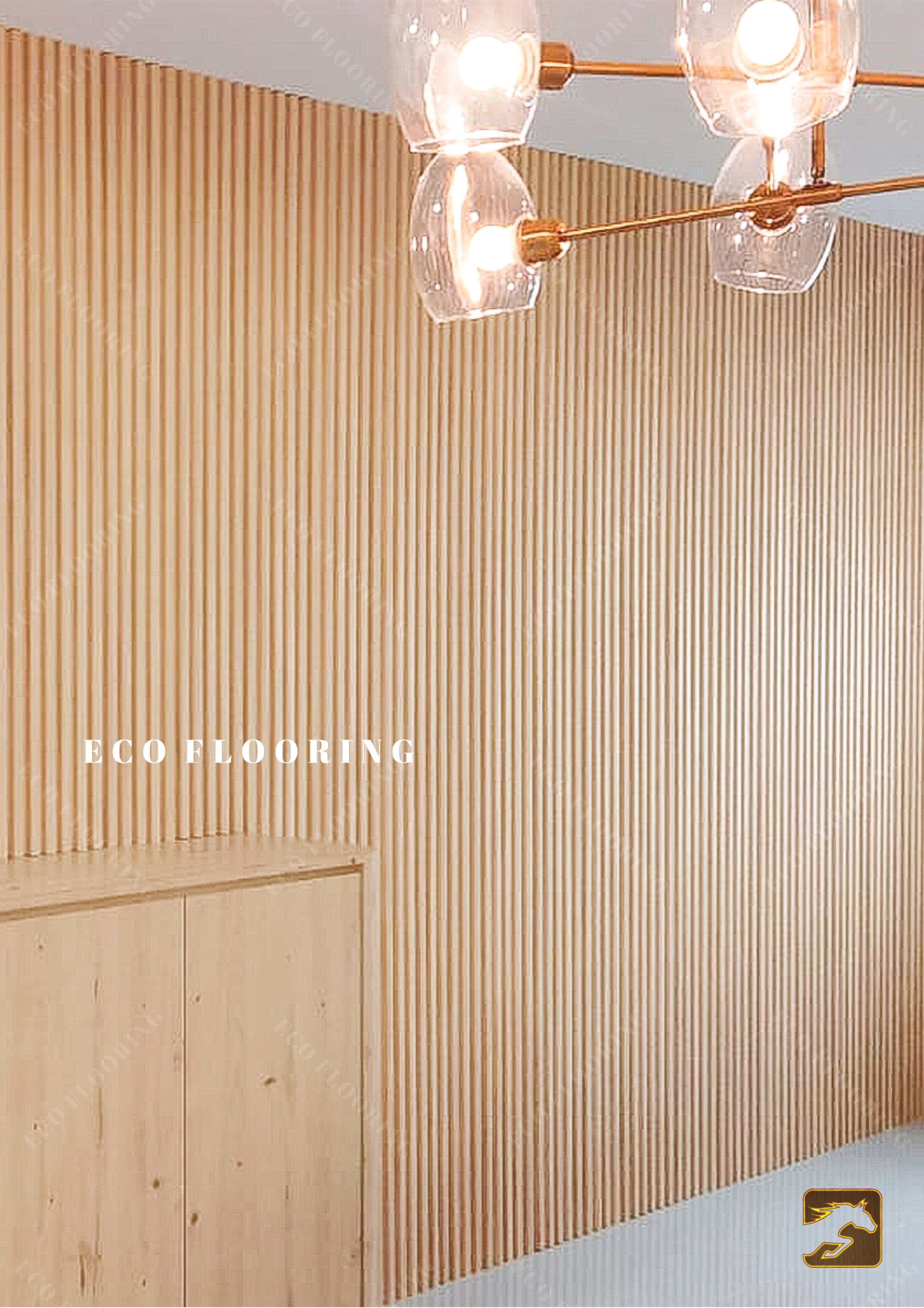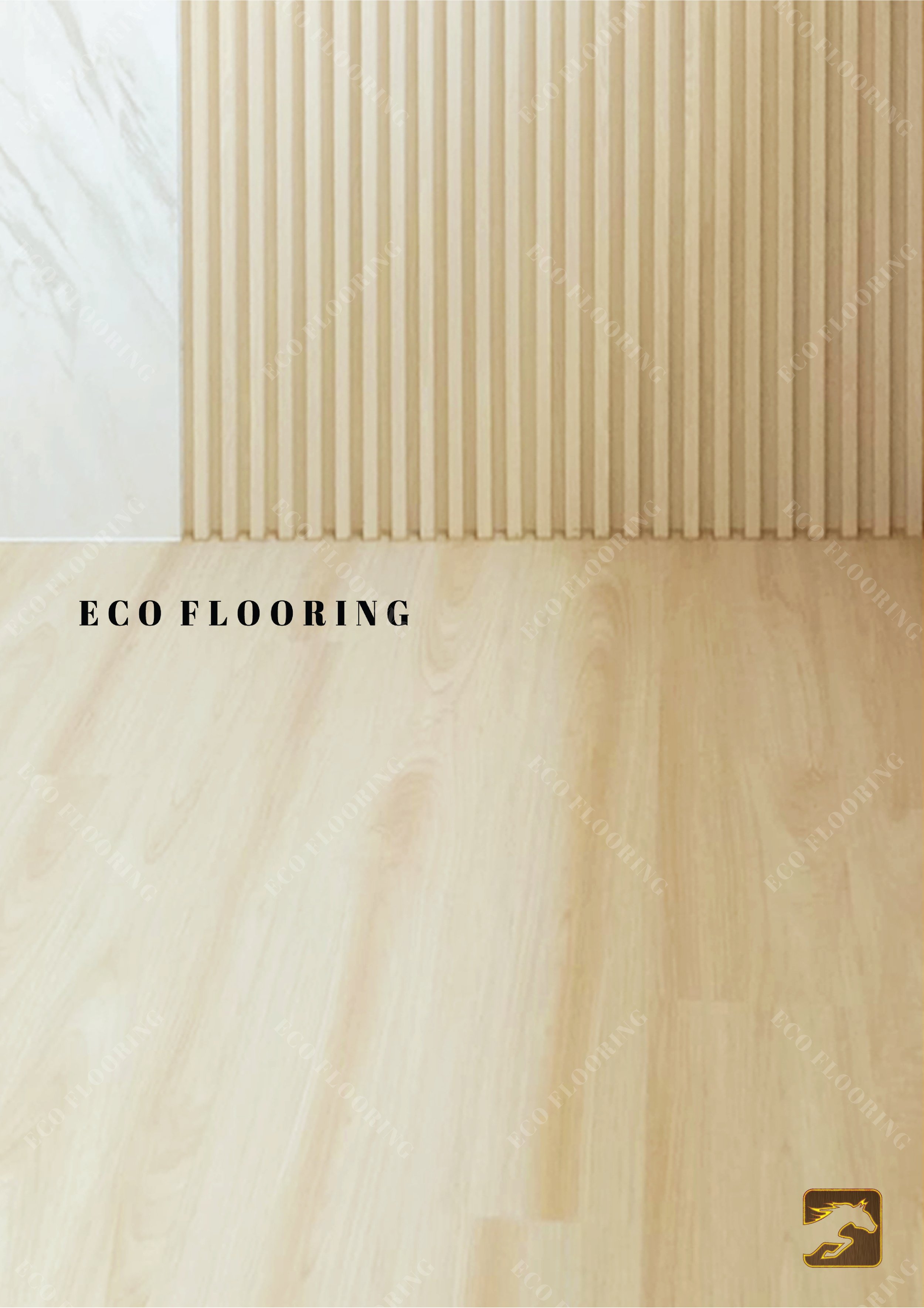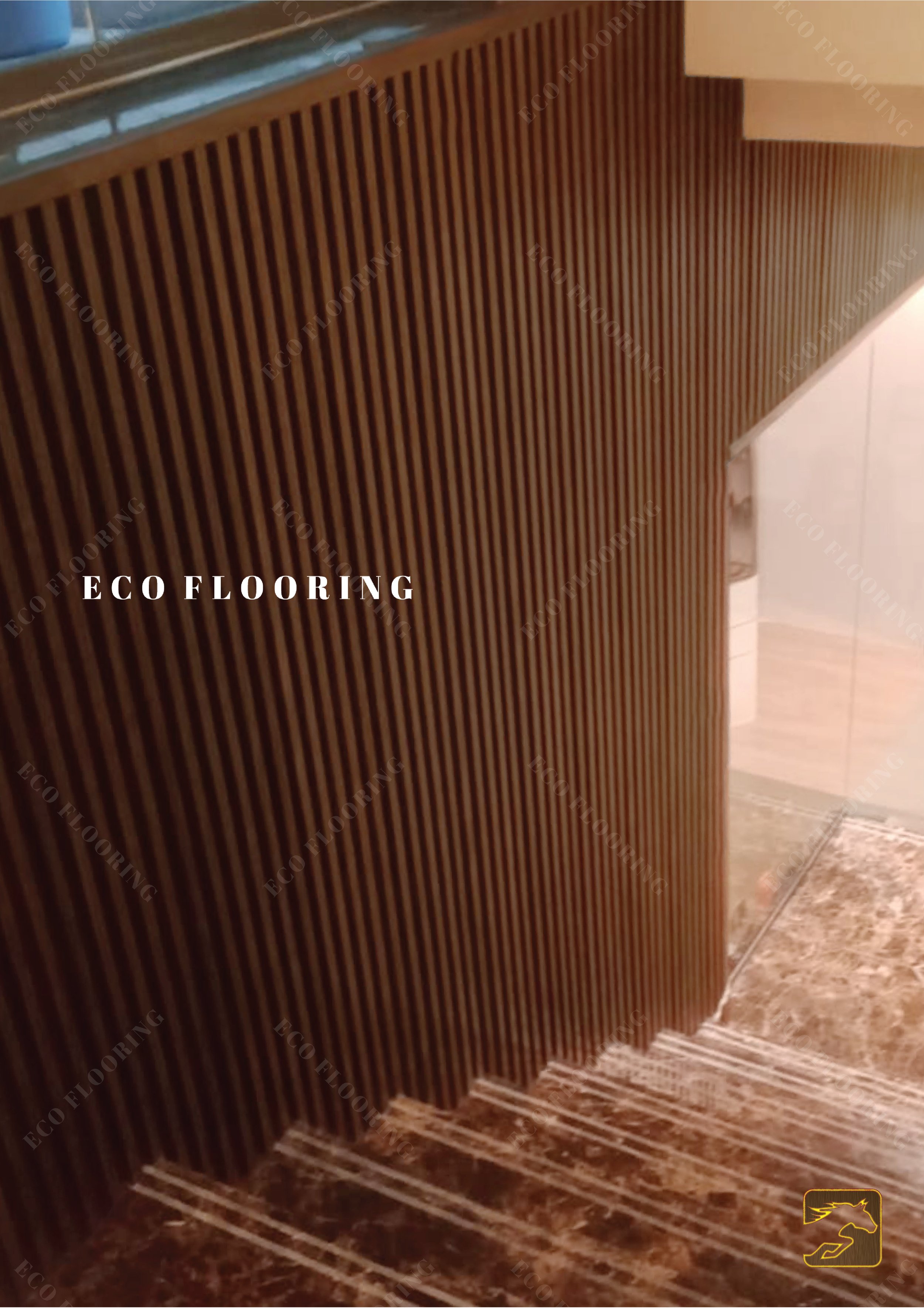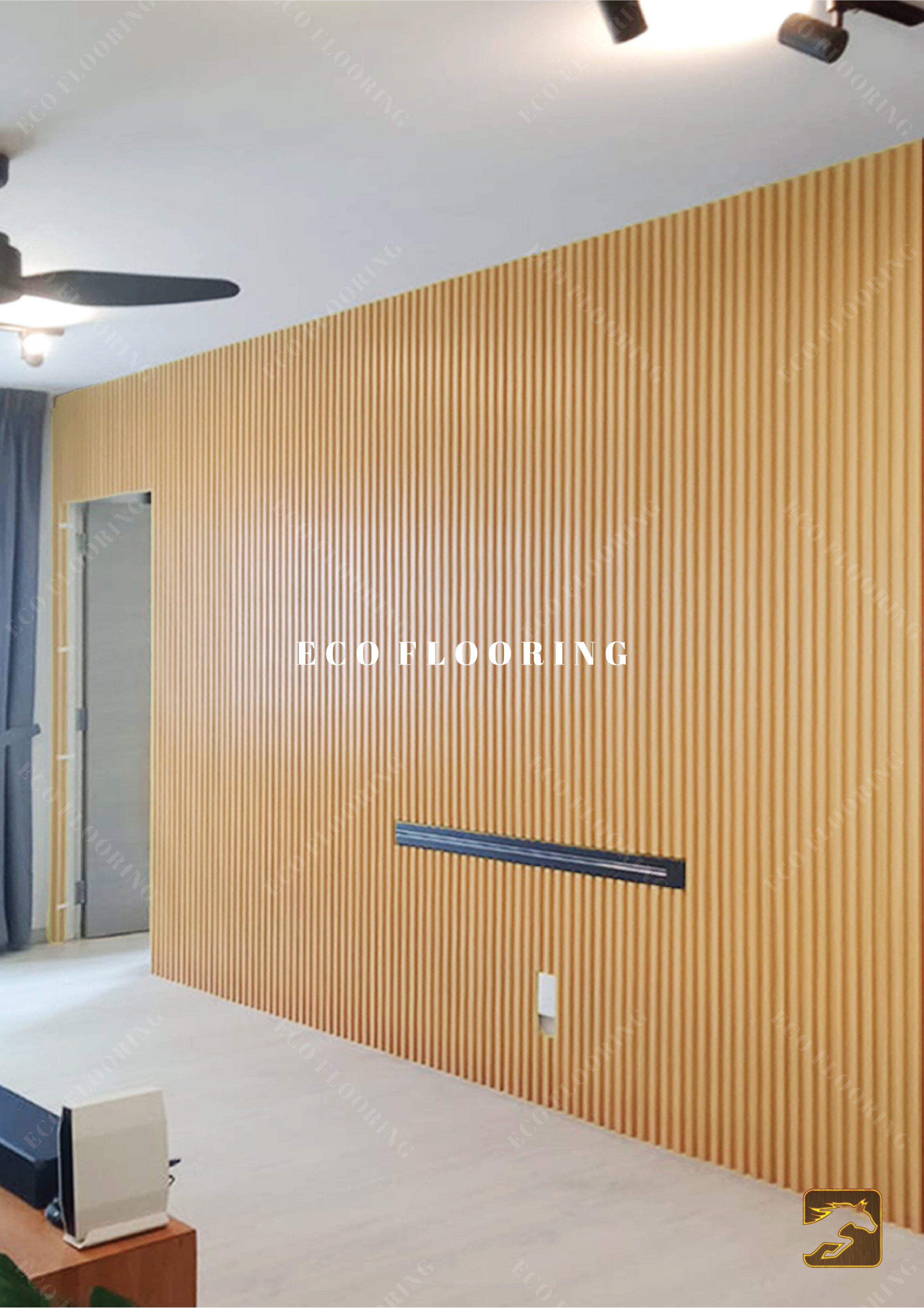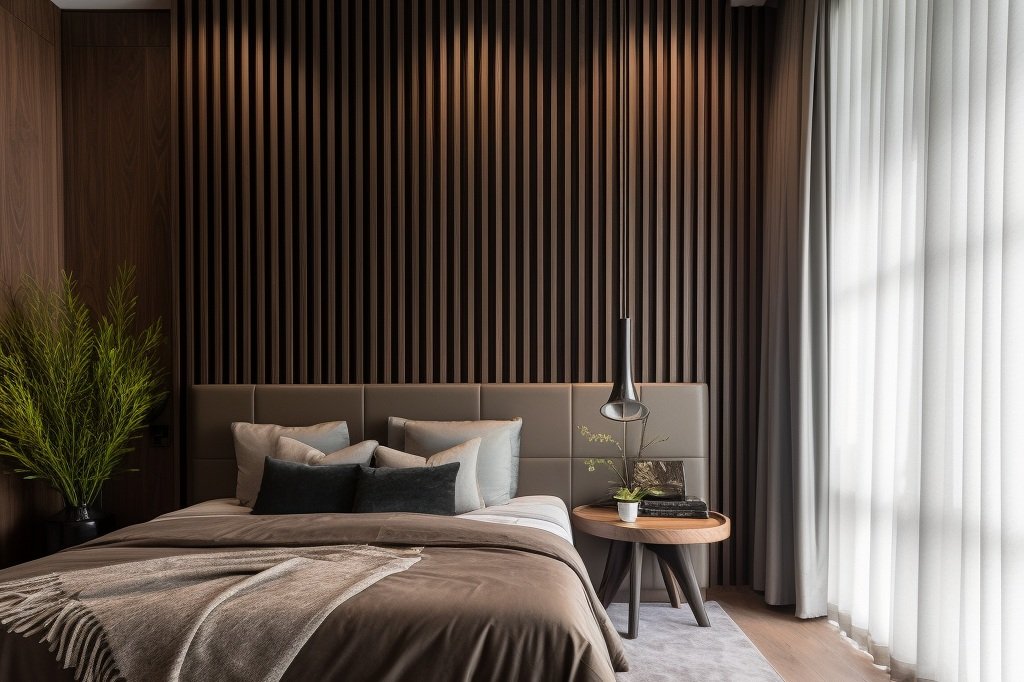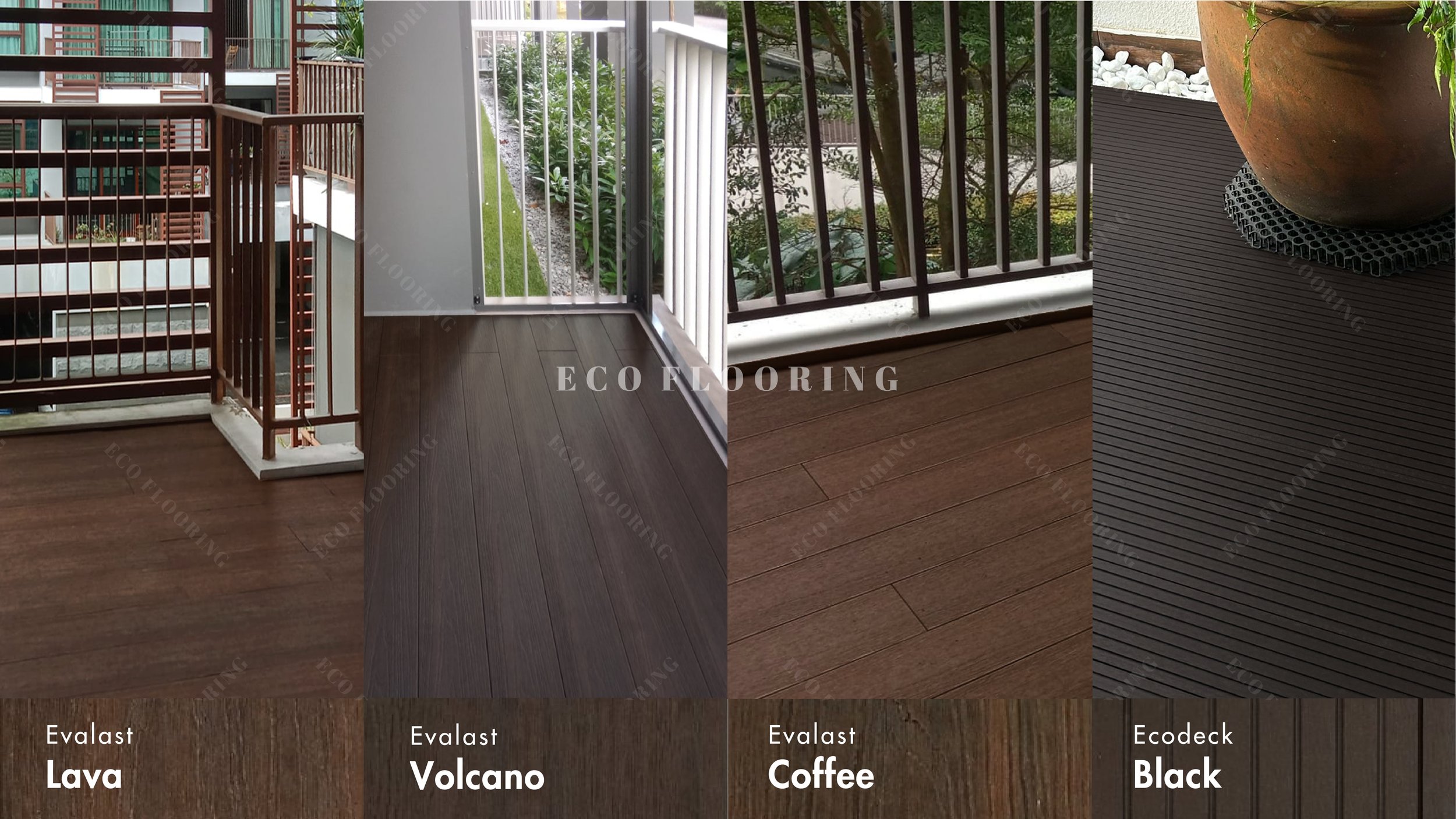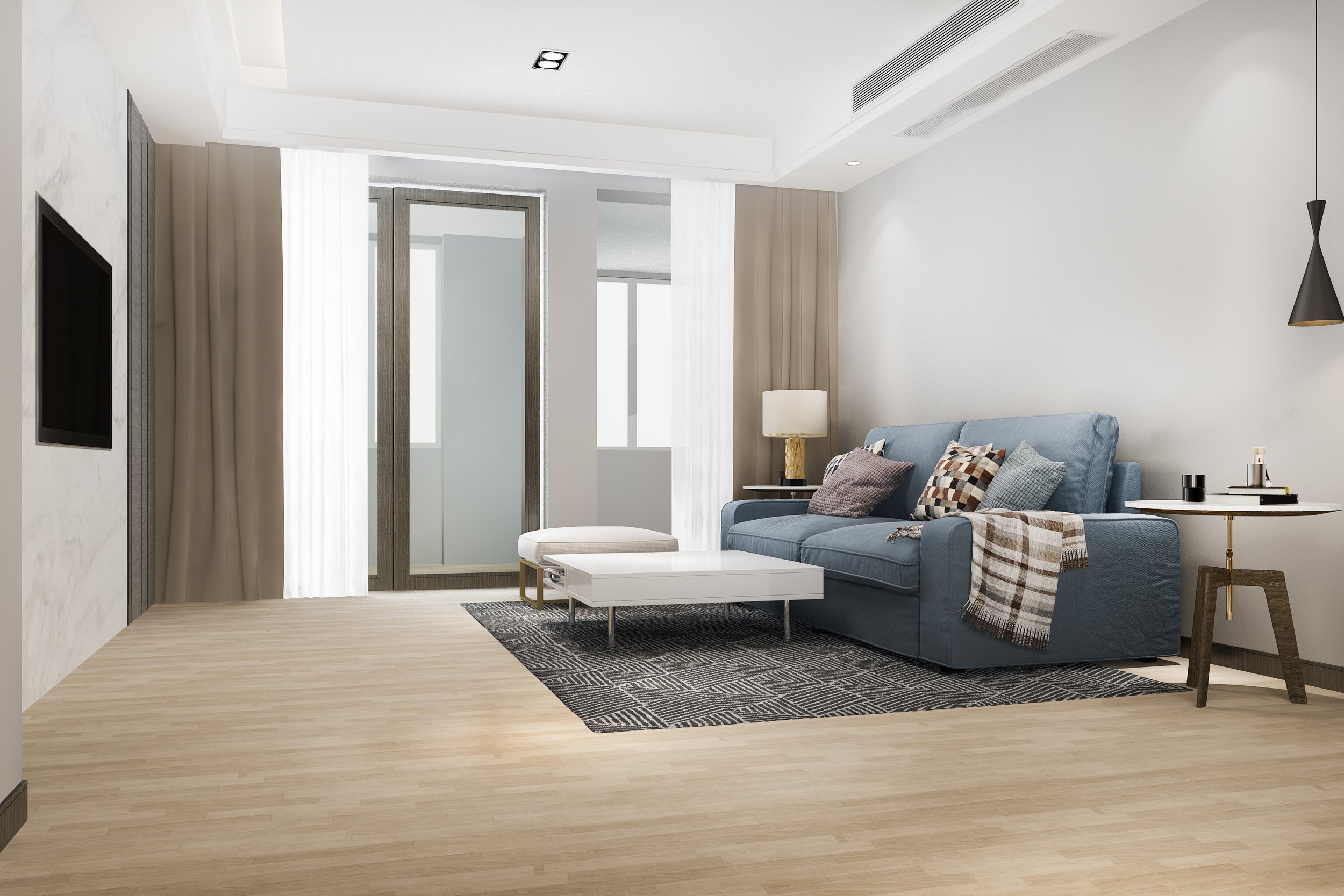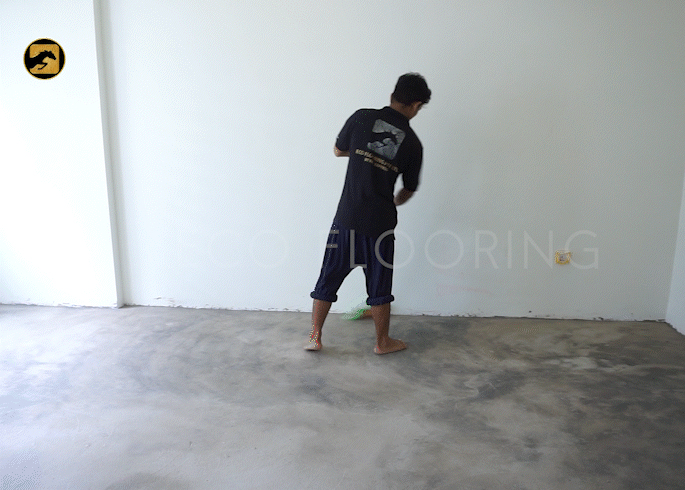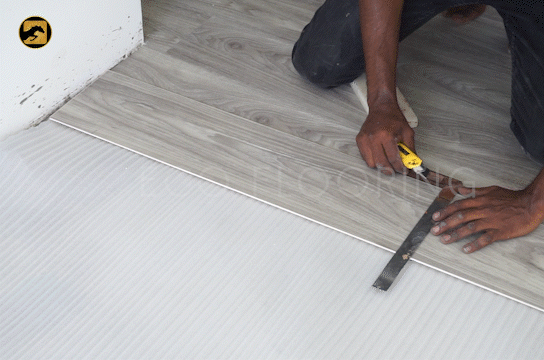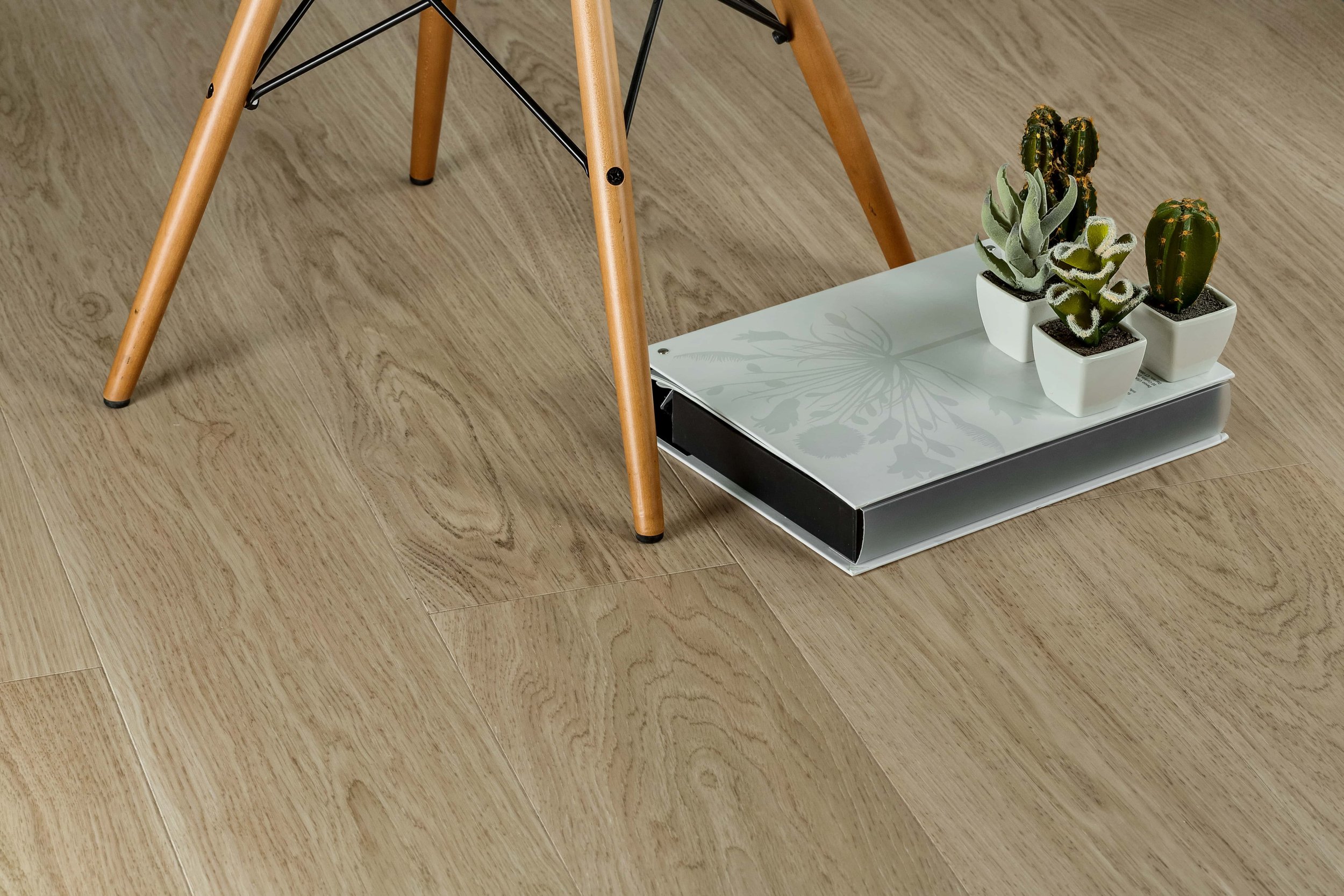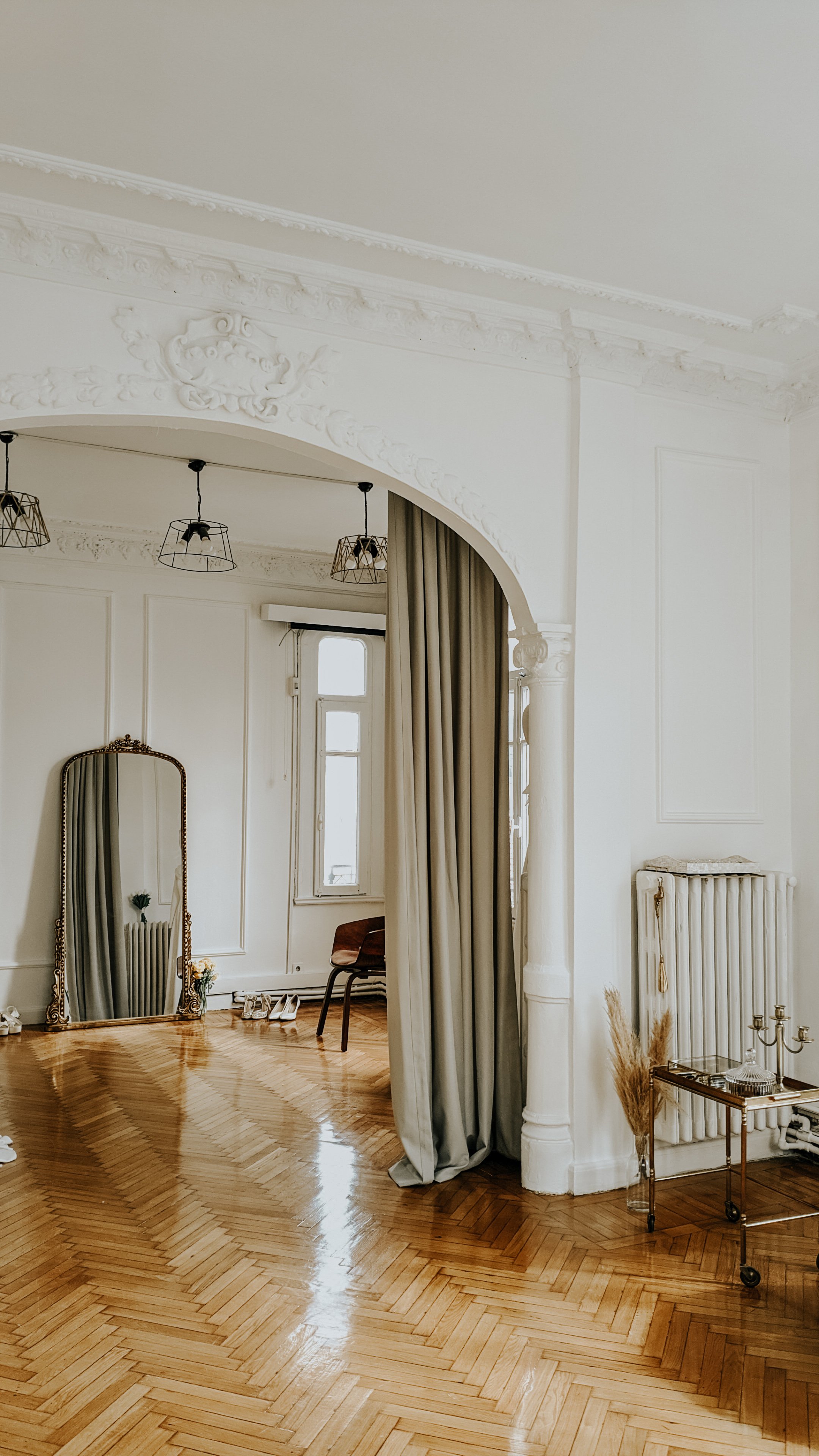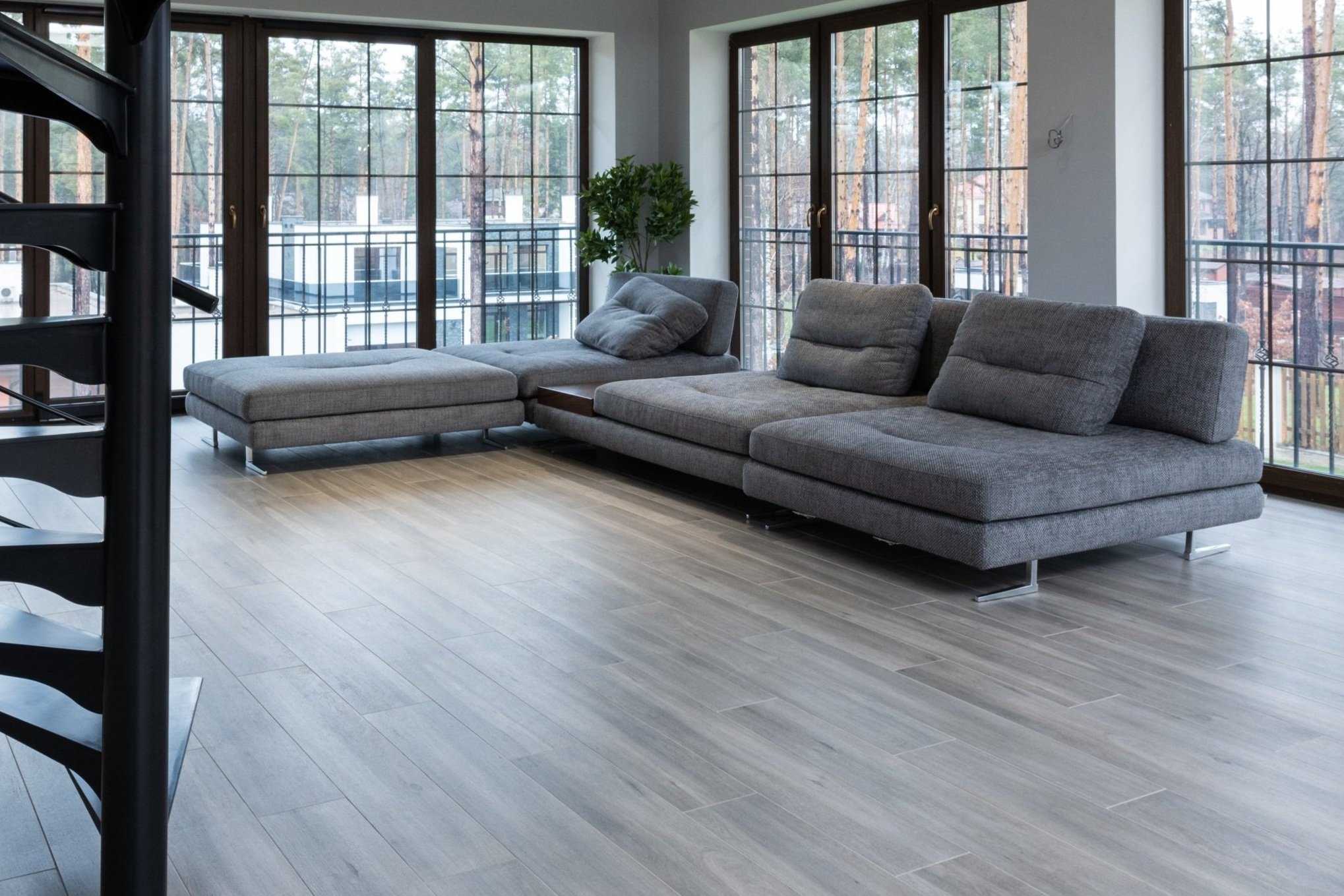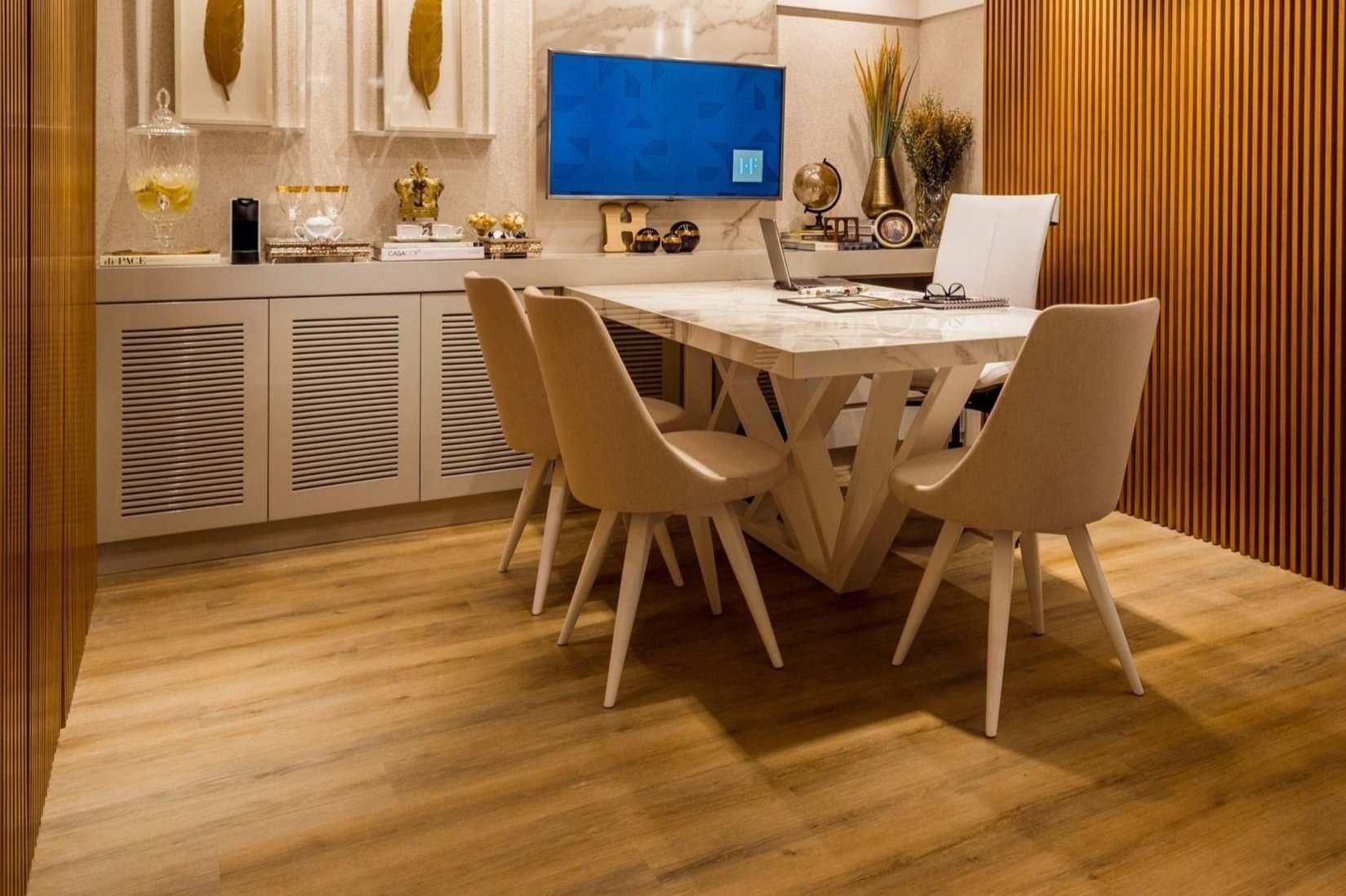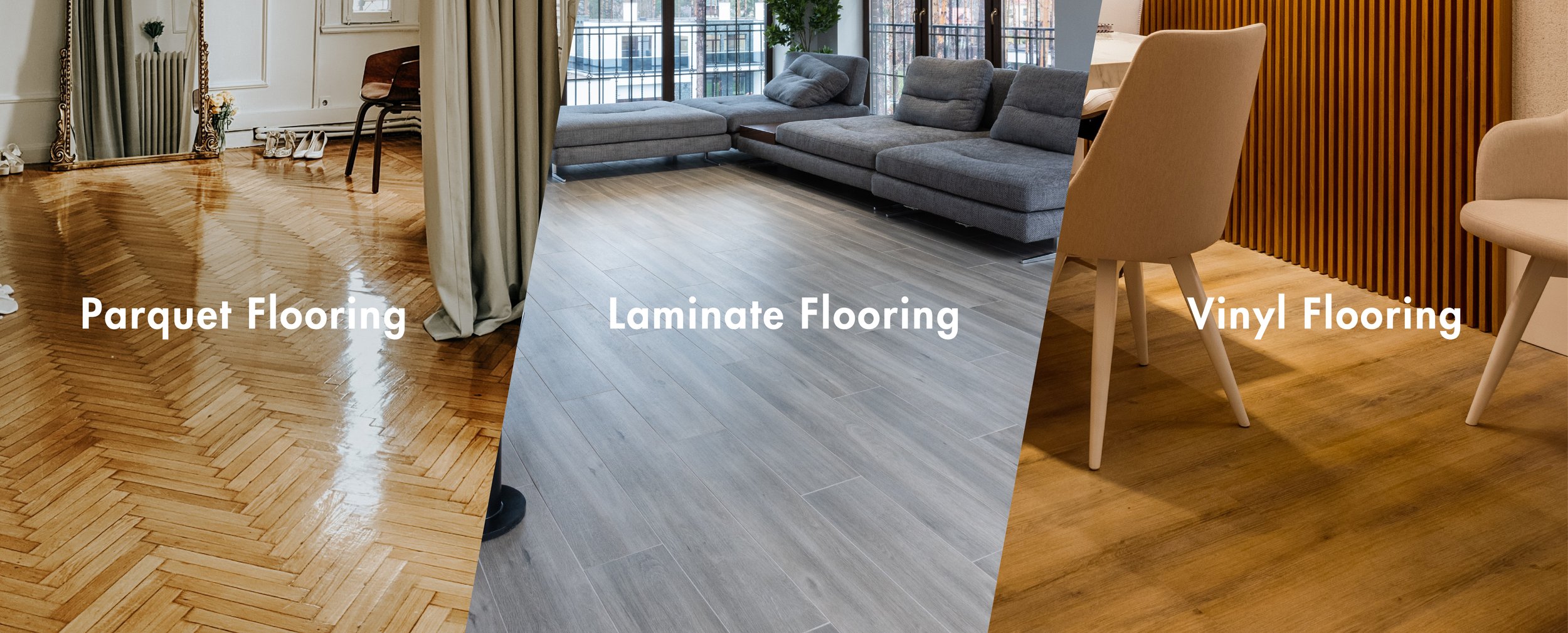As environmental consciousness grows, many homeowners are becoming more concerned about the eco-friendliness of the materials they use in their homes. Vinyl flooring, known for its durability and versatility, has faced scrutiny regarding its environmental impact. In this article, we will explore the eco-friendly aspect of vinyl flooring and evaluate whether it can be considered a sustainable choice for your home.
Understanding Vinyl Flooring:
Vinyl flooring is primarily made from polyvinyl chloride (PVC), a synthetic material derived from petroleum. It is combined with various additives to enhance its properties, such as flexibility, durability, and resistance to moisture and wear. While PVC itself is not biodegradable, advancements in manufacturing processes have led to the development of more environmentally conscious vinyl flooring options.
Image from Pinterest
Recycled Content:
One positive aspect of vinyl flooring's sustainability is the inclusion of recycled content. Many manufacturers now incorporate recycled materials, such as post-consumer and post-industrial PVC, into their production processes. By using recycled content, the demand for new raw materials is reduced, minimizing the environmental impact associated with extraction and manufacturing.
Indoor Air Quality:
Another factor to consider when assessing the sustainability of vinyl flooring is indoor air quality. Vinyl flooring has evolved to meet stricter standards for volatile organic compound (VOC) emissions. Look for vinyl flooring products that are low-VOC or certified by reputable third-party organizations, as they undergo testing to ensure they meet or exceed air quality guidelines.
When evaluating the eco-friendliness of vinyl flooring, considering factors such as recycled content, life cycle assessments, energy efficiency, indoor air quality, and recycling options is crucial. While vinyl flooring may not be entirely without environmental impact, advancements in manufacturing processes and increasing awareness of sustainability have led to more eco-friendly options. By selecting vinyl flooring products that prioritize recycled content, low VOC emissions, and responsible disposal practices, you can make a more sustainable choice for your home.
If you're unsure about the ideal color of vinyl flooring for your space, don't worry! Simply drop us a message, and our team will gladly assist you in finding the perfect color that suits your needs. We understand the importance of selecting the right flooring to complement your space, and we're here to guide you in making the best choice. Let us help you create a harmonious and visually appealing environment with the right vinyl flooring color. Contact us today!






